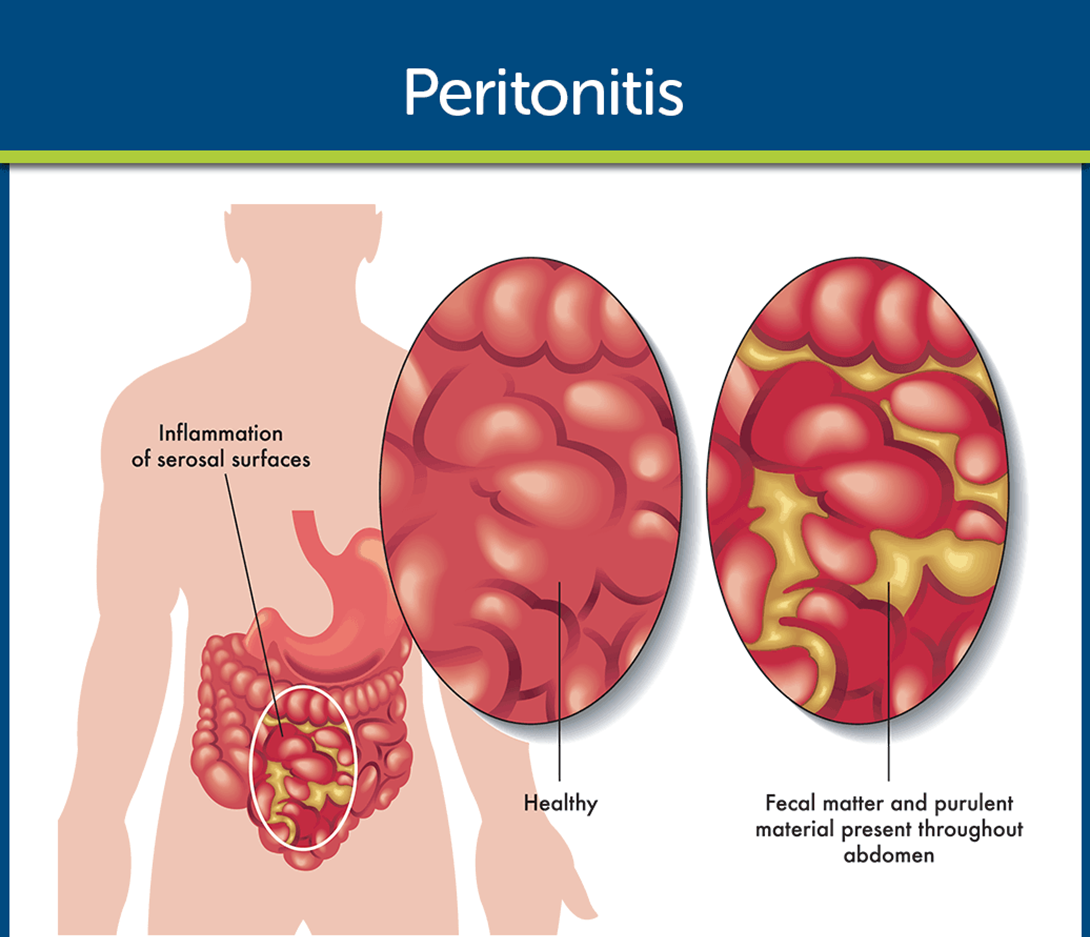A nurse is providing education to a client with GERD (gastroesophageal reflux disease). The client asks what measures can be taken independently to help reduce the symptoms. Which interventions would the nurse recommend?
Reintroducing foods that intensify symptoms one at a time
Promoting intake of food and fluids 1 to 2 hours before bedtime
Maintaining an upright position following meals
Increasing the amount of carbonated beverages
The Correct Answer is C
Choice A reason: Reintroducing foods that intensify symptoms one at a time is not an intervention that the nurse would recommend for a client with GERD. Foods that can trigger or worsen GERD symptoms include spicy, acidic, fatty, or fried foods, chocolate, coffee, alcohol, mint, garlic, and onion. The nurse would advise the client to avoid or limit these foods, not to reintroduce them.
Choice B reason: Promoting intake of food and fluids 1 to 2 hours before bedtime is not an intervention that the nurse would recommend for a client with GERD. Eating or drinking close to bedtime can increase the risk of acid reflux, as the stomach contents can flow back into the esophagus when the client lies down. The nurse would suggest the client to have smaller and more frequent meals, and to avoid eating or drinking at least 3 hours before bedtime.
Choice C reason: Maintaining an upright position following meals is an intervention that the nurse would recommend for a client with GERD. Keeping an upright posture can help prevent or reduce acid reflux, as gravity can help keep the stomach contents in place. The nurse would encourage the client to avoid bending, stooping, or lying down for at least 2 hours after eating.
Choice D reason: Increasing the amount of carbonated beverages is not an intervention that the nurse would recommend for a client with GERD. Carbonated beverages can increase the production of gas and stomach acid, which can cause bloating, belching, and acid reflux. The nurse would advise the client to drink water or other non-carbonated fluids, and to avoid drinking through a straw or chewing gum, which can also introduce air into the stomach.
Nursing Test Bank
Naxlex Comprehensive Predictor Exams
Related Questions
Correct Answer is D
Explanation
Choice A reason: This is not a correct answer because 0.9% Sodium Chloride is an isotonic solution, which means it has the same osmolarity as the blood plasma. It does not cause any fluid shifts between the intracellular and extracellular compartments.
Choice B reason: This is not a correct answer because Lactated Ringer's is an isotonic solution, which means it has the same osmolarity as the blood plasma. It does not cause any fluid shifts between the intracellular and extracellular compartments.
Choice C reason: This is not a correct answer because D5W (5% Dextrose in Water) is an isotonic solution when it is in the IV bag, but it becomes hypotonic once it enters the body, as the dextrose is rapidly metabolized and only water remains. However, it is not a preferred solution for a patient with critically high sodium, as it can cause cerebral edema and worsen the neurological status.
Choice D reason: This is a correct answer because 0.45% Sodium Chloride is a hypotonic solution, which means it has a lower osmolarity than the blood plasma. It causes fluid to shift from the extracellular to the intracellular compartment, which can help lower the sodium level and correct the fluid imbalance.
Correct Answer is C
Explanation
Choice A reason: Ulcerative colitis is not a complication of diverticulitis. Ulcerative colitis is a chronic inflammatory bowel disease that causes ulcers and inflammation in the colon and rectum. Diverticulitis is an acute condition that occurs when small pouches called diverticula in the colon become infected or inflamed.
Choice B reason: Dysphagia is not a complication of diverticulitis. Dysphagia is a term for difficulty swallowing, which can have many causes, such as stroke, nerve damage, or esophageal cancer. Diverticulitis affects the lower part of the digestive tract, not the upper part.
Choice C reason: Peritonitis is a complication of diverticulitis. Peritonitis is an inflammation of the peritoneum, the membrane that lines the abdominal cavity. It can be caused by a perforation or rupture of a diverticulum, which allows bacteria and fecal matter to enter the peritoneal space. Peritonitis is a serious and life-threatening condition that requires immediate medical attention.
Choice D reason: Crohn's disease is not a complication of diverticulitis. Crohn's disease is a chronic inflammatory bowel disease that can affect any part of the digestive tract, causing ulcers, fistulas, and strictures. Diverticulitis is an acute condition that affects only the colon, not the entire digestive tract.

Whether you are a student looking to ace your exams or a practicing nurse seeking to enhance your expertise , our nursing education contents will empower you with the confidence and competence to make a difference in the lives of patients and become a respected leader in the healthcare field.
Visit Naxlex, invest in your future and unlock endless possibilities with our unparalleled nursing education contents today
Report Wrong Answer on the Current Question
Do you disagree with the answer? If yes, what is your expected answer? Explain.
Kindly be descriptive with the issue you are facing.
